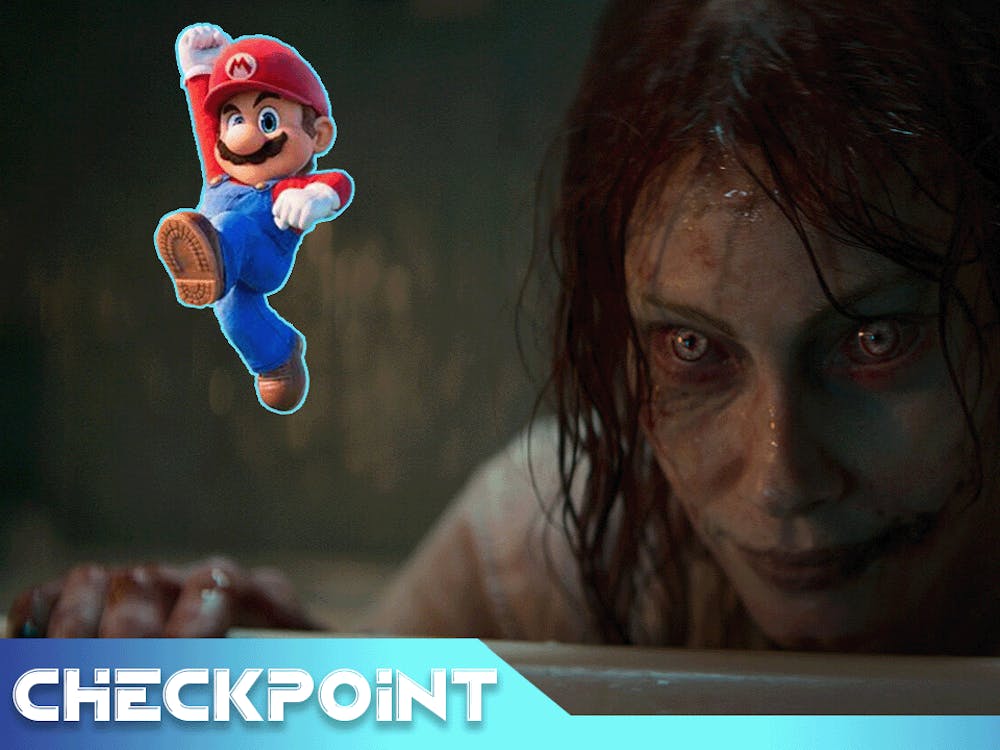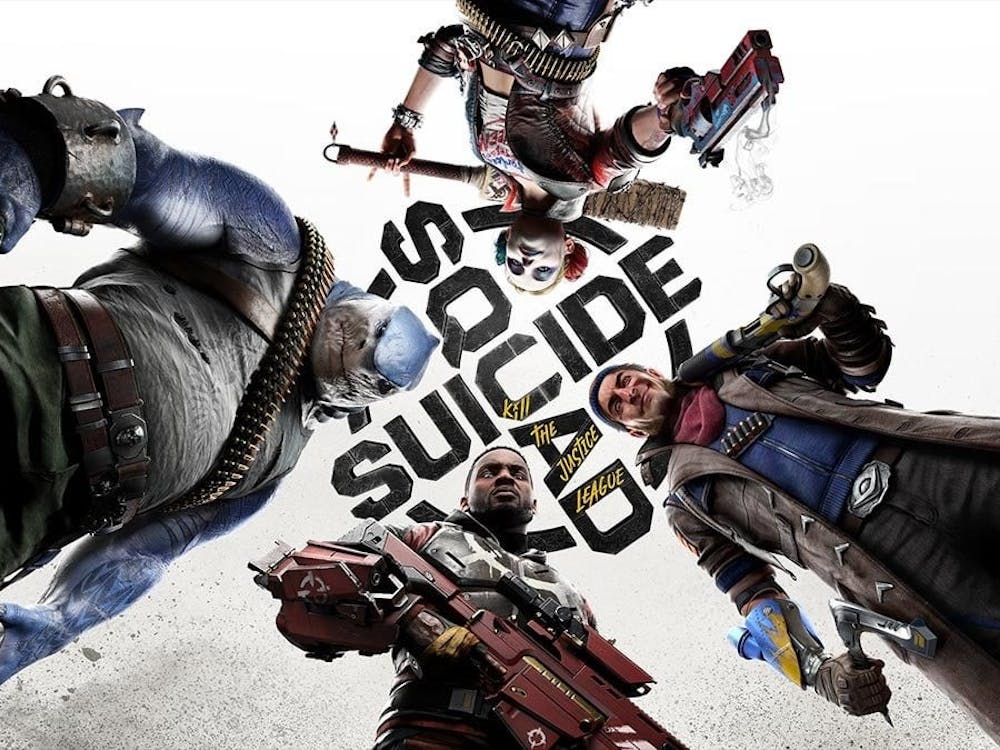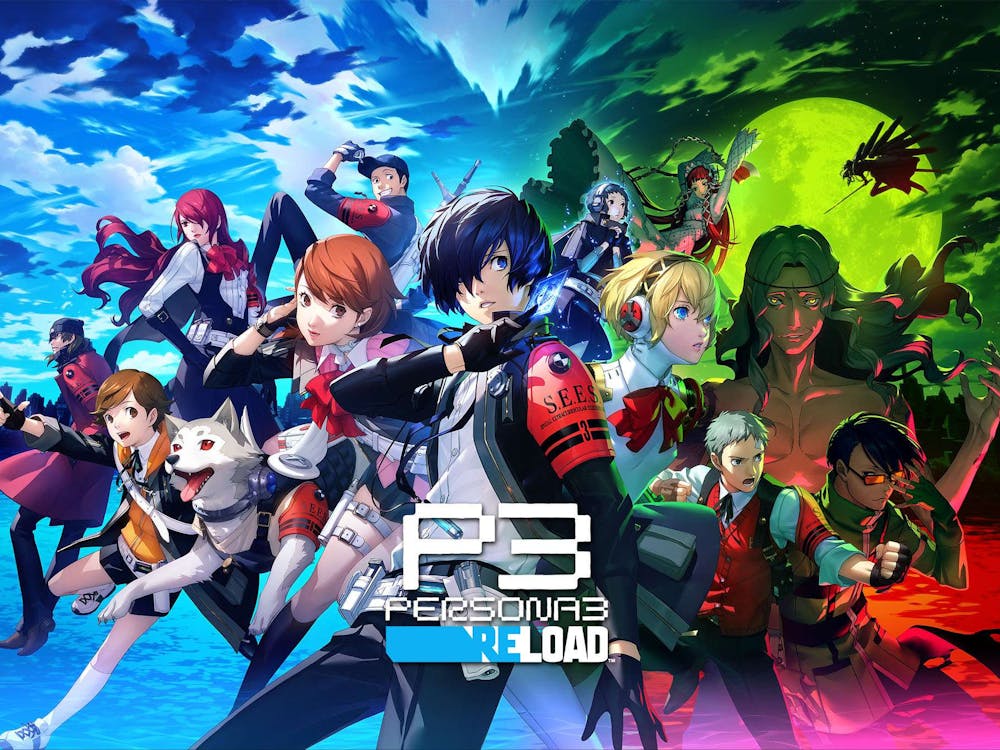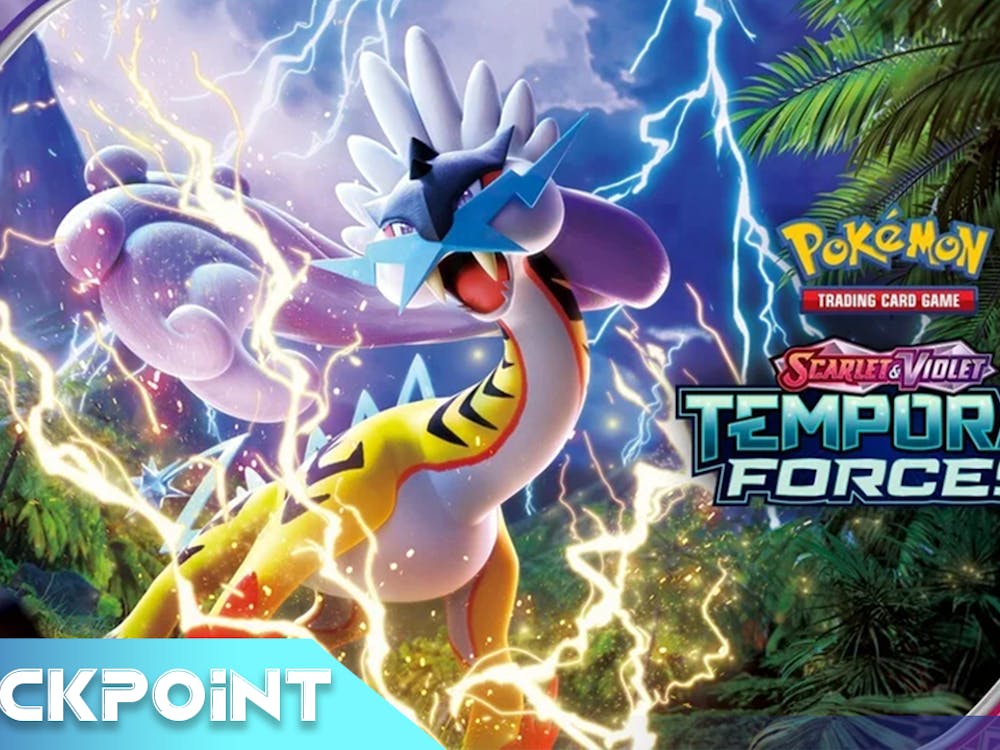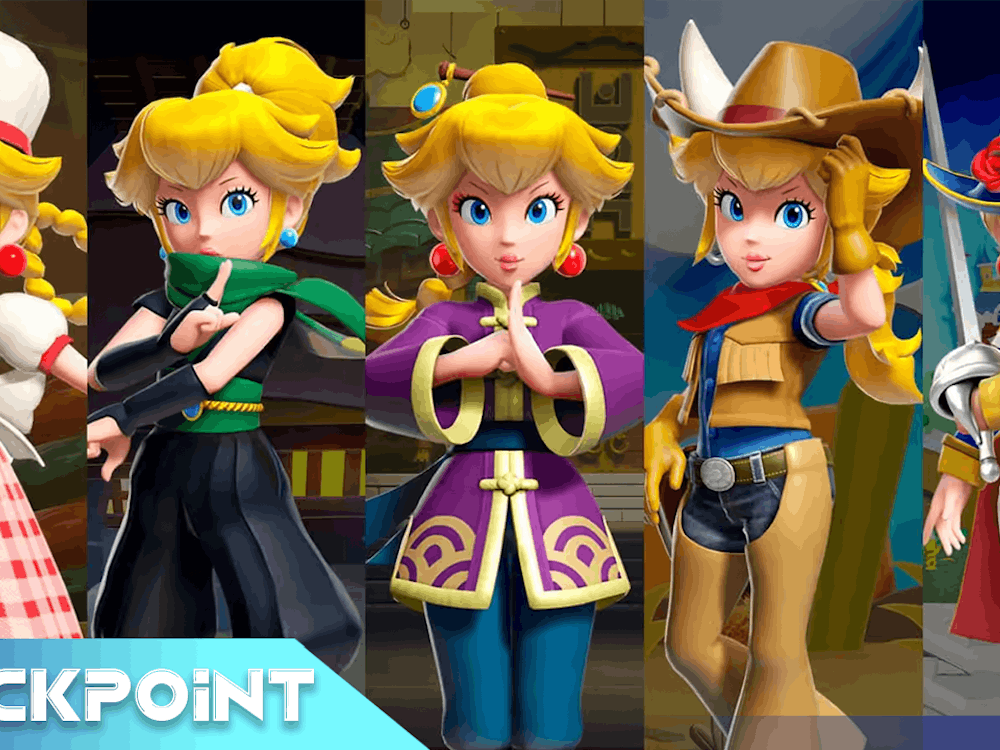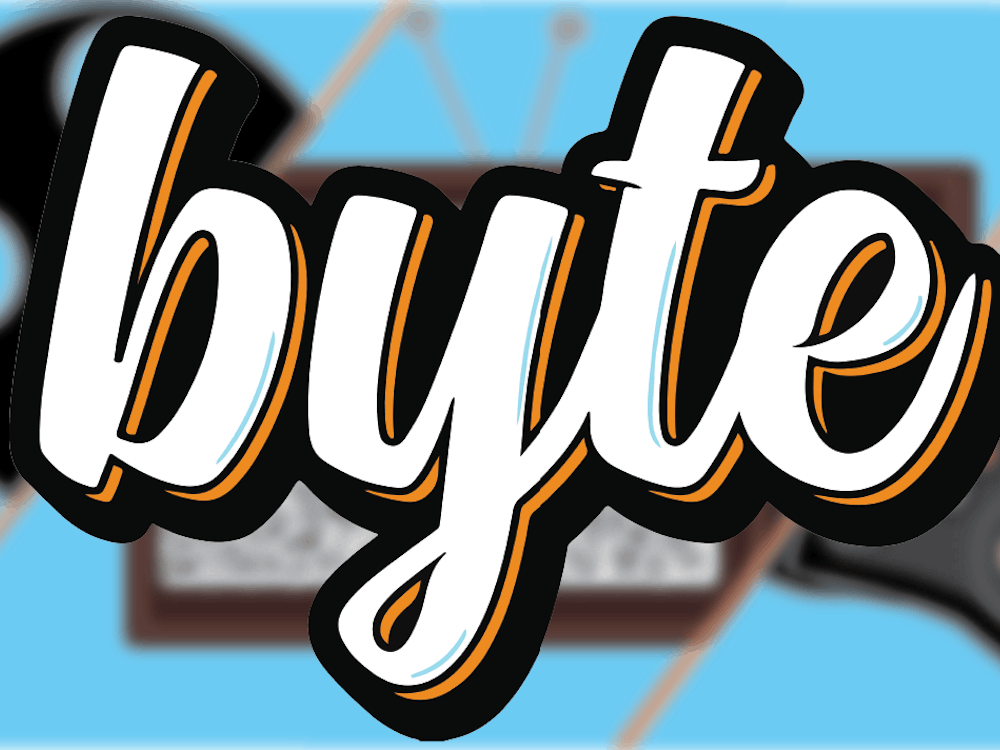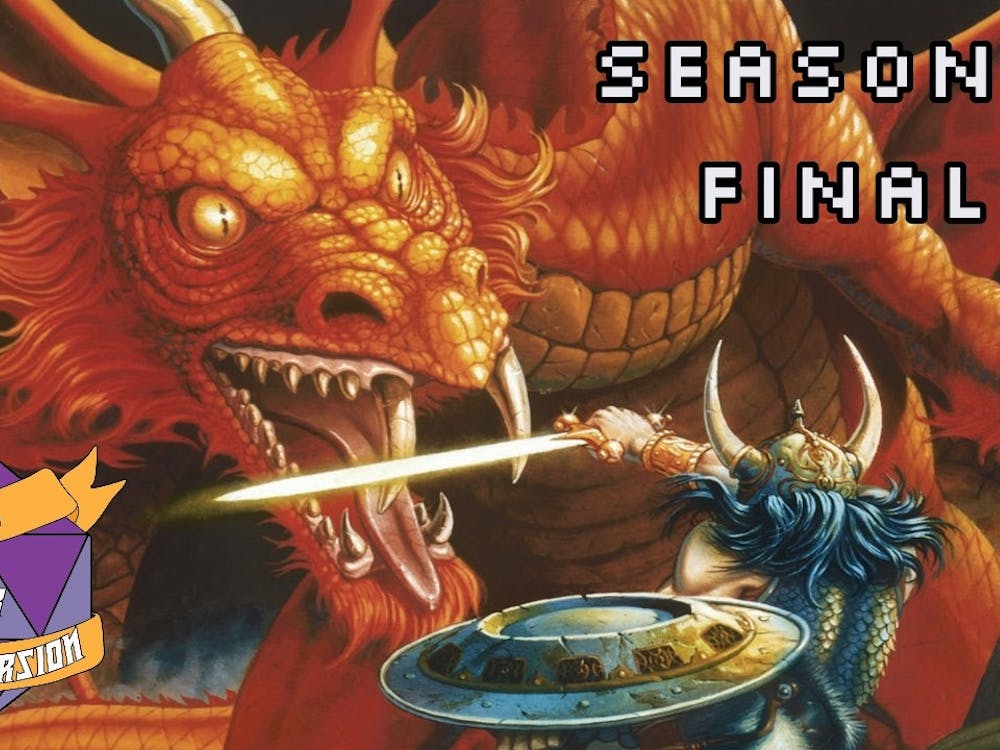The roguelike and roguelite genres have been massively successful in the past decade, particularly in the indie scene. The ability to make small, low-budget games that are infinitely replayable is an enticing prospect to a lot of small indie developers. Unfortunately, Steam’s oversaturation problems have made it so a lot of these titles end up not receiving the attention they deserve. Plus, a lot of these roguelikes fail to do anything truly special with the genre. Even the excellent Heat Signature from last year failed to be truly replayable despite a cool aesthetic and world. However, just in the first few months of this year, the genre seems to be climbing back up. The absolutely phenomenal Slay the Spire, despite being early access, has drained countless hours of its playerbase, myself included. And now, from the developers of one of the biggest roguelike games FTL: Faster Than Light enters Into the Breach, another incredibly smartly designed and addictive roguelike that manages to be deep both in gameplay and emotionally.
A battle against aliens on a large scale but a small battlefield
Into the Breach follows a similar pseudo-future world much like the one that FTL: Faster than Light had but sticks to the planet Earth instead of a galaxy-trotting adventure. The story follows a team of pilots who have the ability to travel between timelines in a seemingly hopeless attempt to drive back the invading Vek, an alien race of giant bug monsters destroying what remains of a flooded Earth. These pilots fly giant combat vehicles that have various capabilities and sometimes odd design quirks but are all effective when working together. The player must guide their crew across four islands, completing missions and bonus objective to destroy the Vek and gain that sweet, juicy reputation. The final mission involved taking the battle to the Vek nest, blowing it up from the inside.

Image from PC Gamer
At its core, Into the Breach is a grid-based tactics game but on a small scale. Think something like the maps of X-Com but on a scale of roughly 8×8 tiles. This makes for short, intense missions that can be easily picked up and put down. Unlike most tactics games where the goal is to kill the enemies completely, the main objective in Into the Breach is to maintain Grid power, essentially a global health bar. Once that bar hits zero, the mechs cannot be powered, and the Vek finish their destruction of that timeline. It’s okay though, because there are always more timelines that can be saved, even if one ends in failure.
A unique part about this is that sometimes losing health on the player controlled units is optimal. Compared to something like Fire Emblem, where every hit could mean permadeath for a beloved character, the mechs can take enough hits that sometimes, to preserve Grid power, the player must order a pilot into the line of fire. This is surprisingly emotionally taxing, as each pilot has a name and sometimes a unique portrait and backstory. To save the world, sacrifices must be made. In terms of creating highly emotional situations, this game nails that completely.
Another unique gameplay element that stems from the global health bar is that killing the enemies isn’t always the best way to win. In fact, it’s very rarely the best way to win. The early learning curve of the game can be brutal until it’s discovered that simply avoiding taking damage is better than outright killing the Vek. Attacks performed by certain mechs not only deal damage, but also push and pull to units out of their position. This means the giant punching mech can push a bug about to destroy a building out of the way, sometimes into the line of fire of another enemy attack. Enemies can also be repositioned to block more enemies from spawning. The amount of variants in strategy is so numerous that it wouldn’t be feasible to write about them all here. The insane depth held within the small 8×8 grids makes for a strategy game that’s not only fast-paced, but also a deeply tactical experience.
A bright pixel aesthetic to contrast the dark, high energy soundtrack

Image from Rock, Paper, Shotgun
One of the key defining traits of Subset Games’ previous title FTL: Faster than Light is the unique pixel aesthetic that is believably futuristic while also being very simple. Into the Breach delivers on that but even manages to improve upon the previous game. Characters within the game are given full portraits for their dialogue within mission, and the artwork there is just beautiful. The designs of the different mechs are all unique and easily recognizable, key within a strategy game like this. The enemy designs for the different types of enemies are mostly unique, but some enemies like the scorpions and the leapers sometimes can be confused for each based on how similarly they are designed. The different islands, despite mostly just being recolors based on the combat environment, also look very vibrant and distinct. For a game that can be as emotionally heavy as Into the Breach, the bright pixel aesthetic really helps make the game pop.
Another key trait of FTL: Faster than Light is the moody, atmospheric music by Ben Prunty. While Into the Breach ditches the slow, atmospheric music, the change made here is definitely a good one. The more atmospheric soundtrack of FTL: Faster than Light served the lonely space travel very well and is quite good. Into the Breach moves to much more upbeat but still relatively dark soundtrack that fits the fast-paced tactical gameplay while keeping the oppressive atmosphere of a planet under fire. The battle themes for the different robot squads that can be unlocked are all fantastic in their own ways and provide even more depth to the individual stories of these teams. Into the Breach’s soundtrack might even be better than FTL: Faster than Light’s, and that’s an impressive bar to reach.
Addiction made manifest through a smart progression system, but sometimes fails

Image from LiveAtPC.com
A good roguelike game needs to be replayable. For example, the fantastic Slay the Spire keeps every run fresh by giving the player new cards to build their combat decks as they climb the spire. Into the Breach has a very strong progression system, though it struggles to be as addictive as other members of the genre. Each pilot has an experience progression system similar to X-Com, with each promotion giving a new skill that enhances their ability to pilot the mechs. Some pilots can move more tiles, while others can use more mech reactor energy to boost their strength. When a run inevitably dies, because they will, the player can choose a pilot to bring from one timeline into another. This means that a fully promoted unit isn’t lost when a run is lost and can allow a very strong boost through the sometimes brutal early game.
Unfortunately, aside from using coins from achievements to buy new mech teams, there isn’t much else carried between runs. Each map will be randomized, of course, but due to the 8×8 grid, a lot of maps can begin to feel very similar. The train maps in particular tend to all play out the same way and are the most reliably easy mission to take on if they appear, though I’ve heard from some people that they are actually quite challenging. After doing a number of runs in a row, the game can become a bit stale. The core gameplay is definitely amazing to play in short bursts but over long periods of time can become a bit of a drag. That doesn’t mean it’s bad, just something to think about for people looking for their next addiction.

Featured image from Wccftech
For more entertainment related content, visit us at Byte Bsu!






